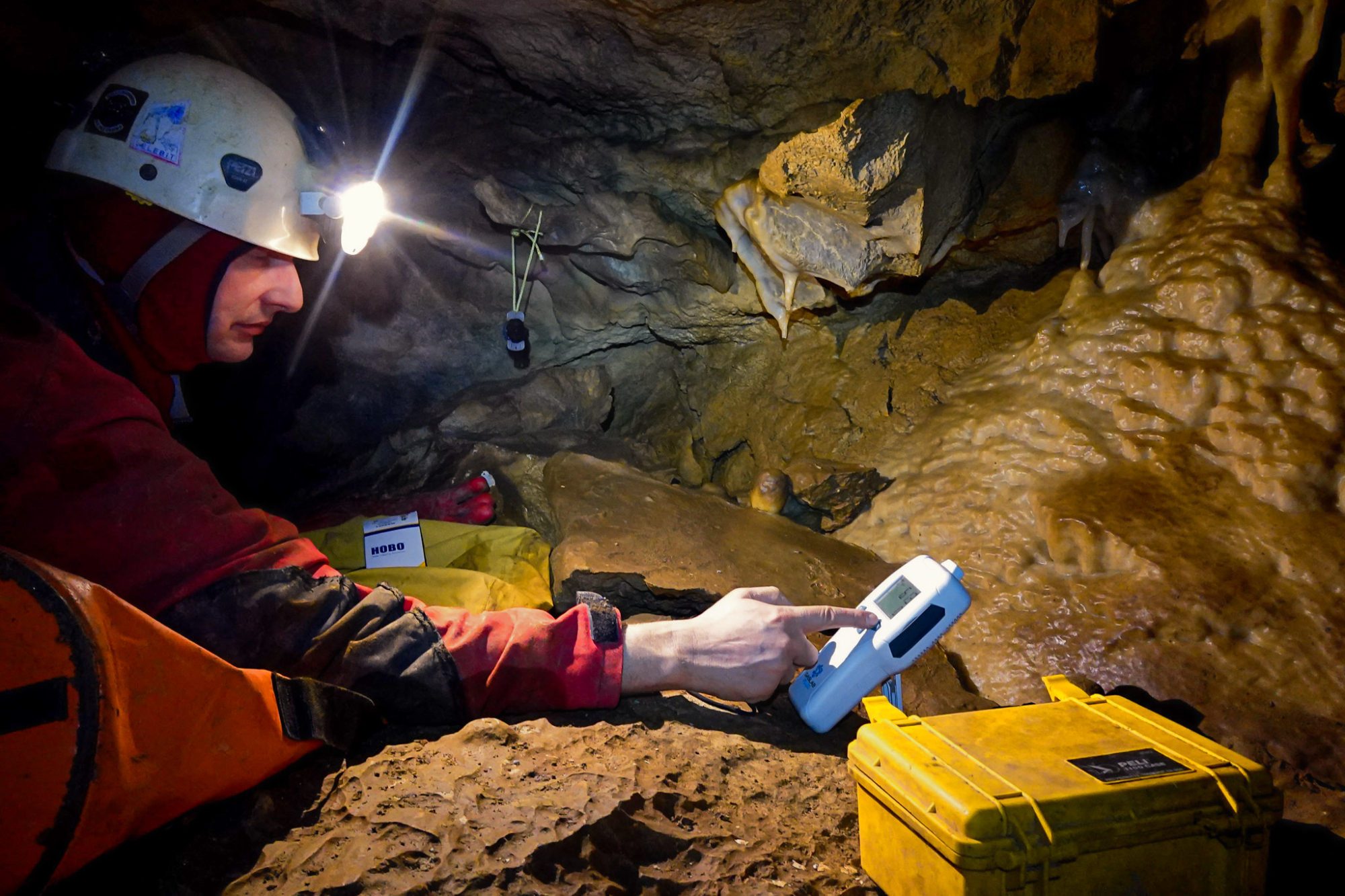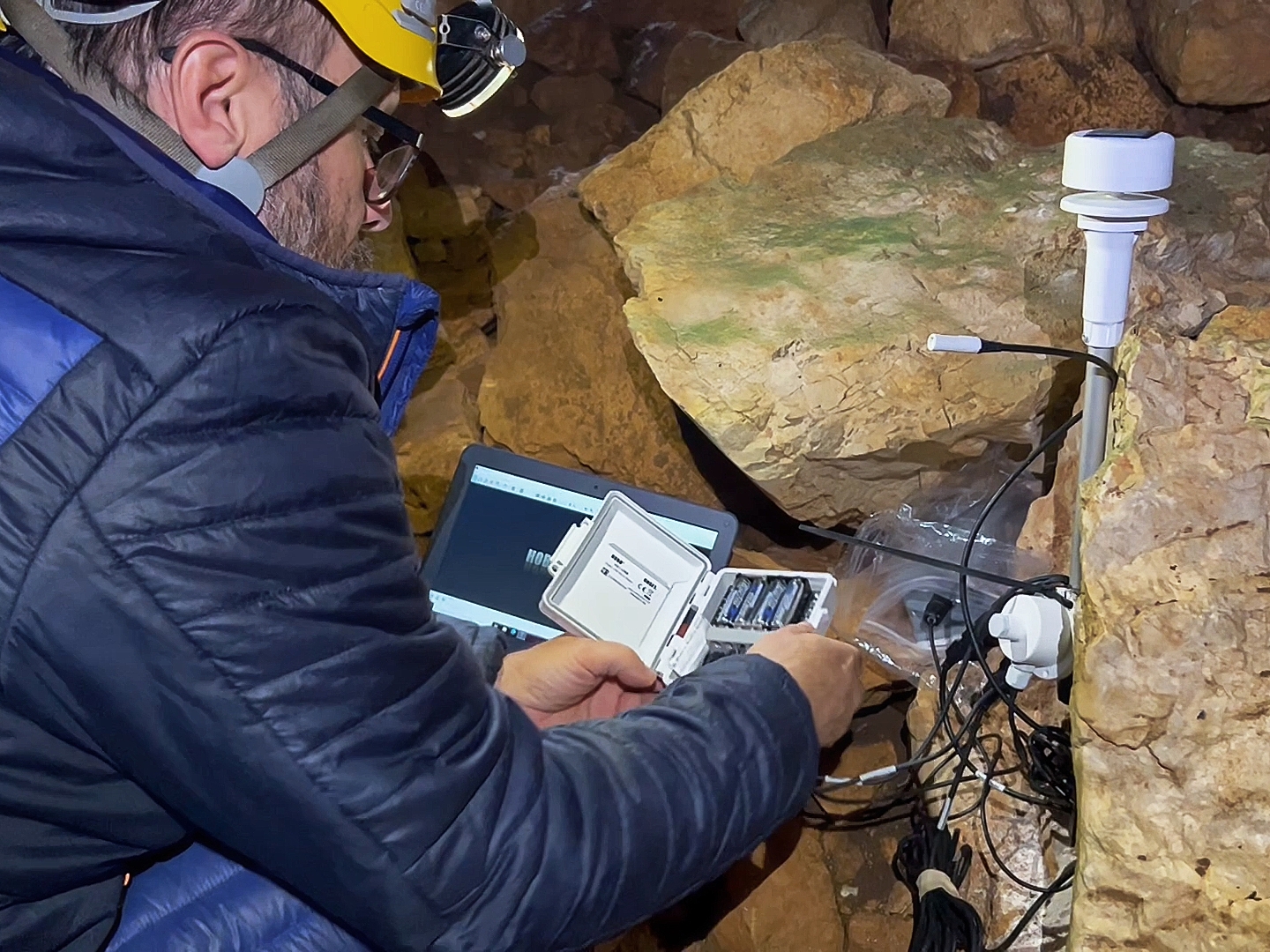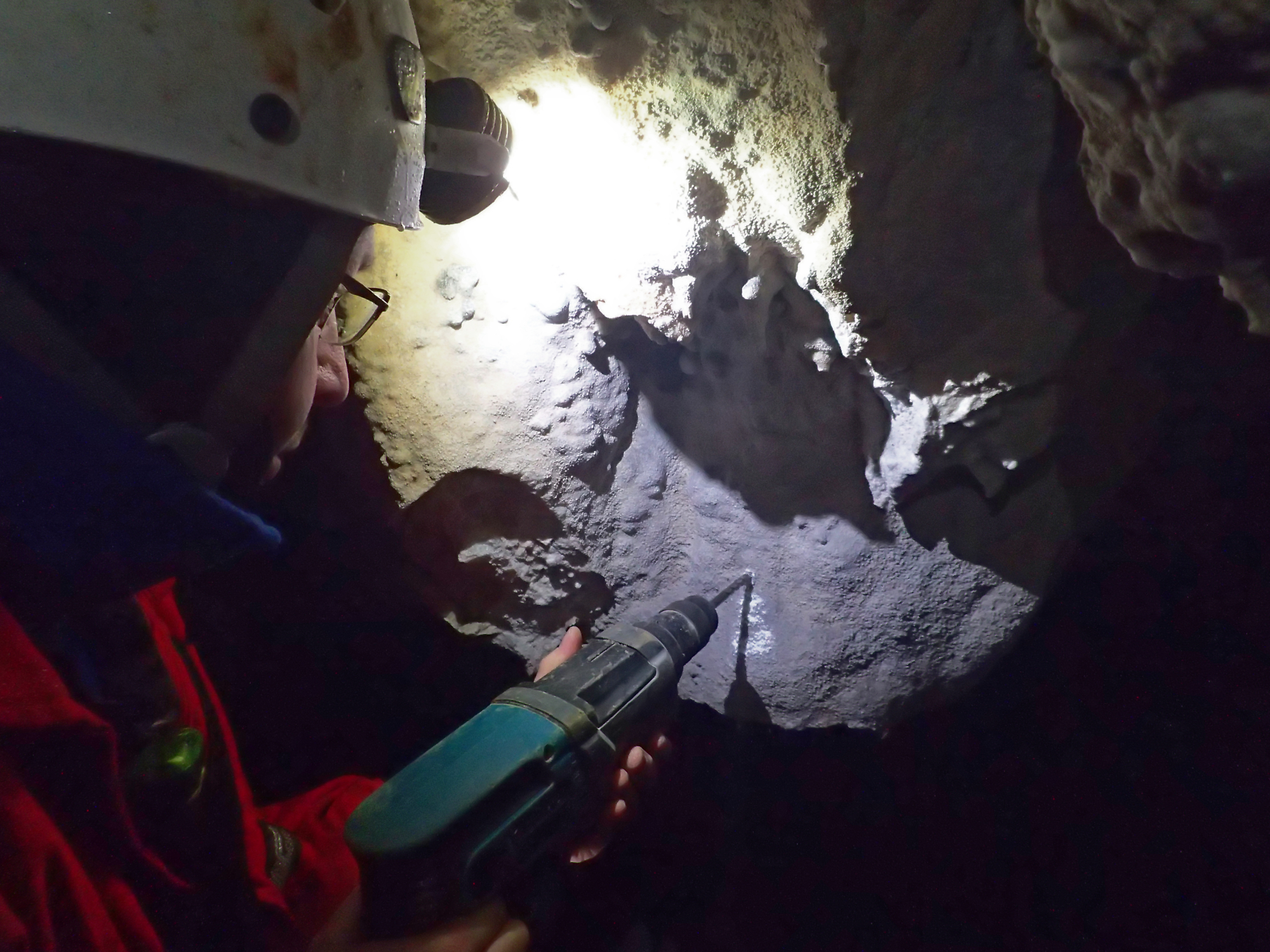Dynamics and distribution of CO2 in karst vadose and epiphreatic zone (CARDIKARST)
Izvor financiranja: Hrvatska zaklada za znanost
Trajanje: 11.2022. do 11.2025.
Voditelji projekta:
za Sloveniju - prof. dr. sc. Franci Gabrovšek, IZRK ZRC SAZU
za Hrvatsku - prof. dr. sc. Nenad Buzjak
Sredstva: 127.891,70 €
Broj projekta: IPS-2022-02

Sažetak:
Carbonate rocks cover ~15% of the World’s ice-free continental surface and often form karst aquifers important for water supply. Carbon dioxide (CO2) plays a central part in the weathering of carbonates, giving karst aquifers a potential role of a net global CO2 sink. Significant part of the karst subsurface consists of the vadose zone, which only recently has been acknowledged as a rich reservoir of CO2. This reservoir is leaky and a part of the CO2 is released to the outer atmosphere through natural ventilation. In this project we aim to identify and quantify processes occurring in the karst massif that drive significant, but currently unquantified, exchange of CO2 between the vadose zone, the (epi)phreatic zone and the atmosphere. Our results may give new insights into the global carbon cycle and to the present day speleogenesis.
Research will entail cave air and groundwater monitoring and water sampling, including comparisons with surface meteorology. In vadose zone caves, a network of automatic weather stations and data loggers will be installed, providing long-term time series of cave microclimate parameters and CO2 concentrations. We will develop an array of low-cost loggers based on the Arduino platform to achieve higher spatial and temporal data resolution, and to provide an affordable tool for geoscientific education and measurements in karst.
Diverse environmental conditions will be ensured by selecting study sites in Slovenia and Croatia. In Slovenia the research location is karst system between Postojna and Planina, where measurements will be based on four existing meteorological stations, and loggers. In Croatia, a similar approach will be followed in selected caves: the Provala (PC; Žumberak), Upper Barač Cave (UBC) and Samograd Cave (SC).
To date, only one study by the partner group in the USA has shown how cave ventilation can control the dissolution rate in subsurface streams to a greater extent than discharge rate that promotes erosion in surface waters. Here, by combining timeseries analyses and numerical modelling of subsurface ventilation and CO2 transport, we will develop this by showing how advection driven by natural ventilation affects CO2 concentrations in karst systems. Based on measurements and modelling, we will quantify carbon fluxes along underground stream, from the ponor to the spring, and asses the carbon budget for the karst system and its catchment as a whole. To evaluate our hypotheses and assess the potential application in other karst areas, a meta-analysis of available, worldwide cave monitoring data will be carried out. As most of the study will be performed in show caves and protected areas, the results will promote their value and protection. The data obtained from the project will be compiled into a publically-available database that will enable karstologists, climate and speleothem scientists to better constrain the functioning of karst systems.
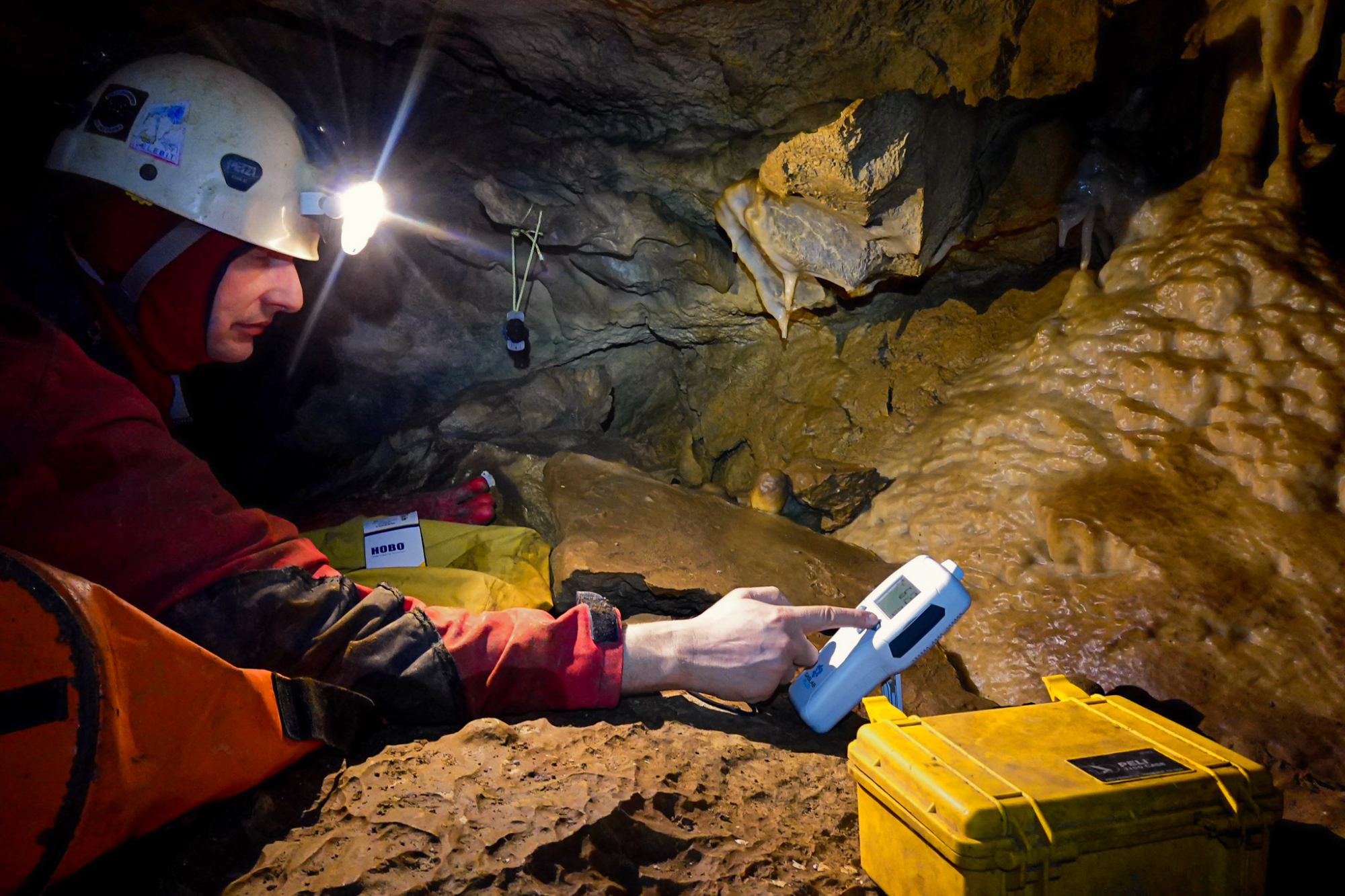
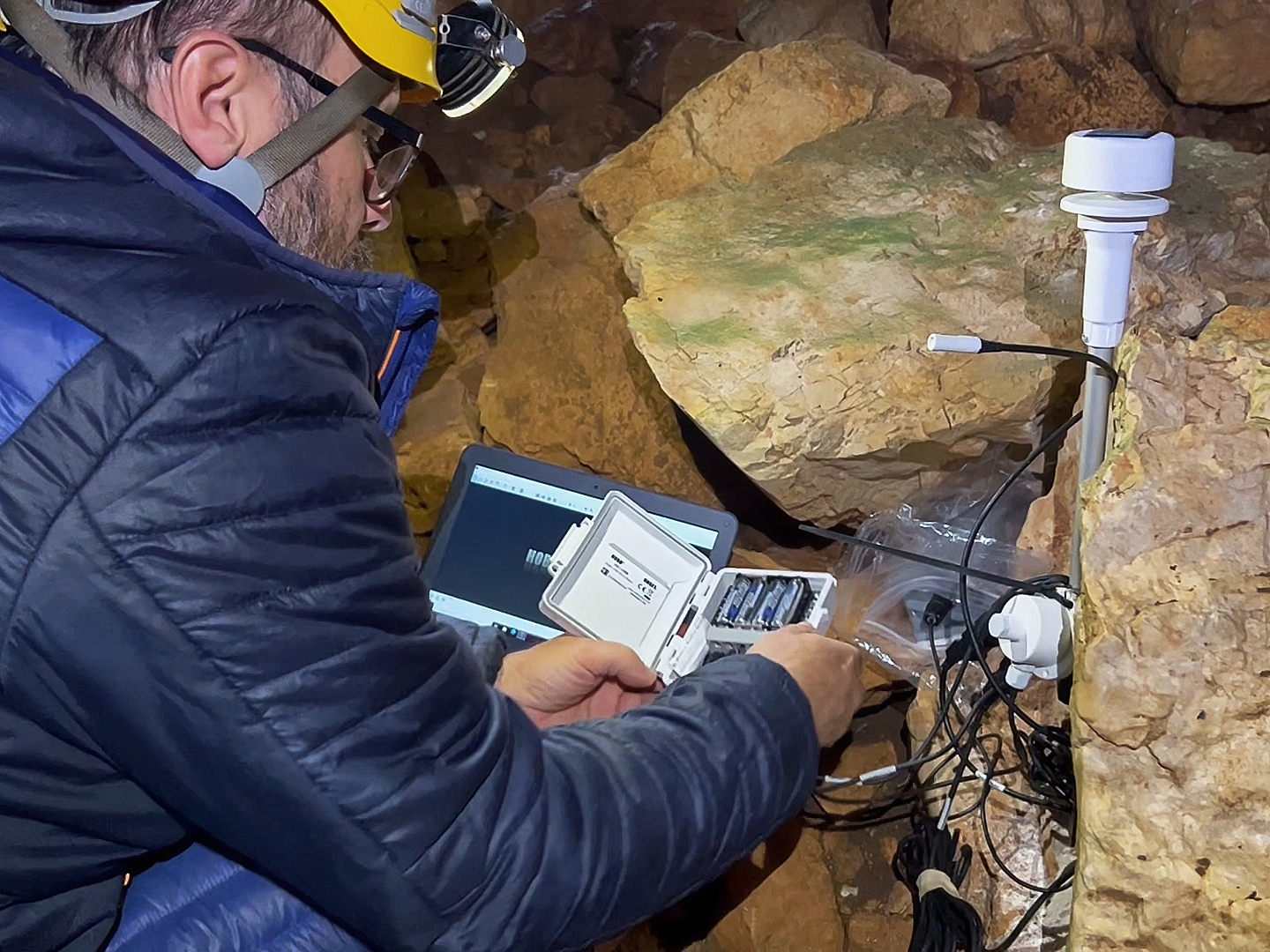
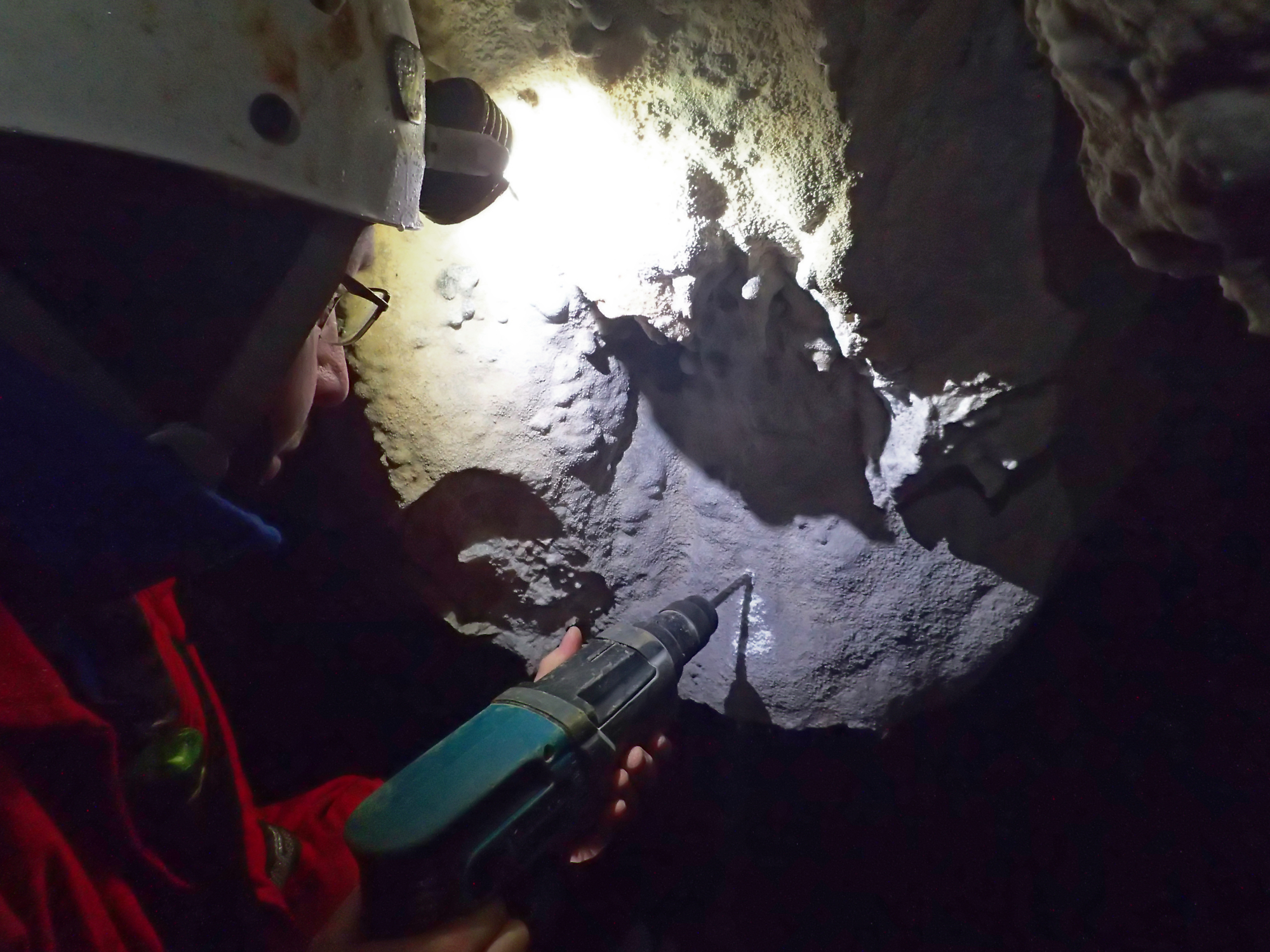

 Pristupačnost
Pristupačnost